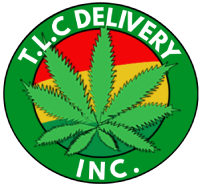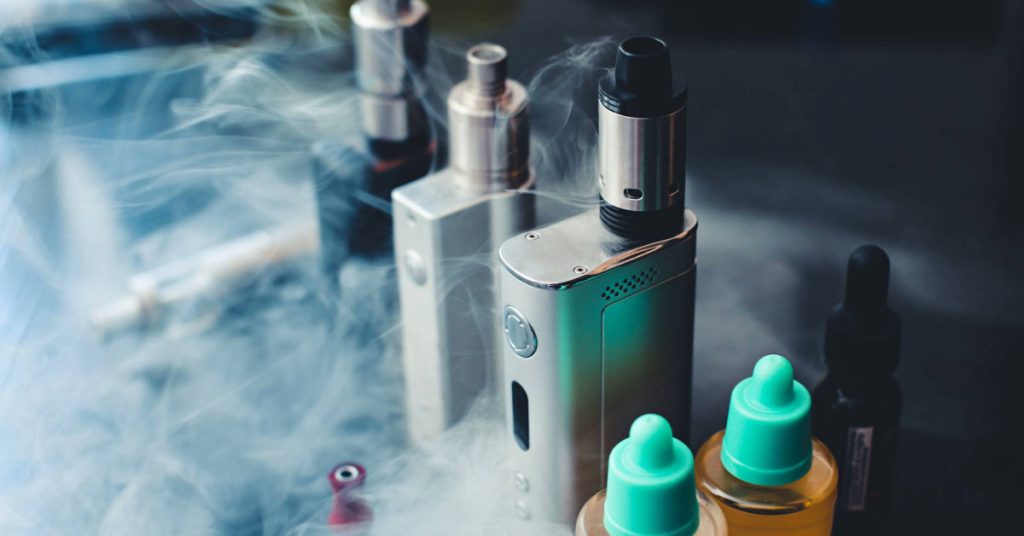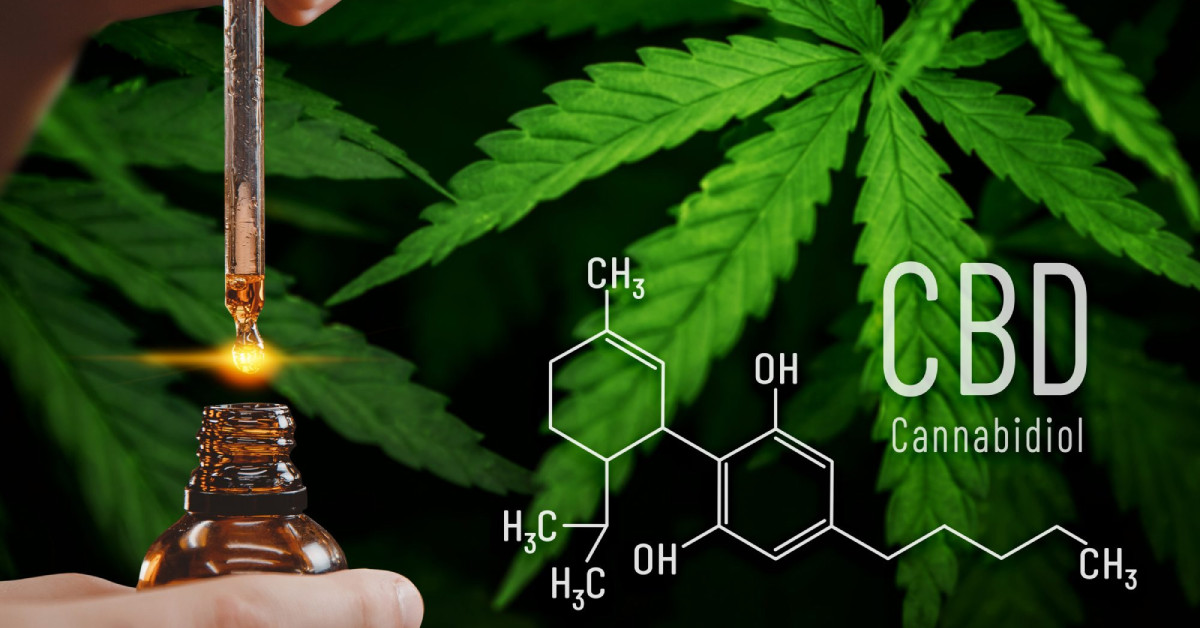Introduction
E-liquids, often referred to as vape juice or e-juice, are the lifeblood of the vaping industry. These flavored liquids transform into inhalable vapor when heated in e-cigarettes or vaporizers, providing a flavorful and potentially less harmful alternative to traditional tobacco products. In this article, we will explore the fascinating world of e-liquids, delving into their composition, flavors, nicotine content, and the ongoing research surrounding their safety.
Composition of E-Liquids
1. **Base Liquids:** The primary ingredients of e-liquids are base liquids, typically a combination of propylene glycol (PG) and vegetable glycerin (VG). PG provides throat hit and carries flavor, while VG produces dense vapor clouds.
2. **Flavorings:** E-liquids come in a vast array of flavors, from fruit and dessert to menthol and tobacco. These flavors are achieved using food-grade flavorings that are safe for inhalation.
3. **Nicotine:** E-liquids can contain varying levels of nicotine, from nicotine-free options to high-nicotine concentrations for heavy smokers looking to quit. Nicotine is typically extracted from tobacco leaves.
4. **Distilled Water:** Some e-liquids may contain distilled water to thin the mixture and improve wicking in the atomizer.
Flavor Variety
E-liquids offer an impressive range of flavors to suit every palate. Some popular categories include:
1. **Fruit Flavors:** These mimic the taste of various fruits, such as strawberry, mango, and blueberry.
2. **Dessert Flavors:** E-liquids can capture the essence of desserts like cheesecake, vanilla custard, or chocolate fudge.
3. **Menthol and Mint:** Minty and menthol flavors provide a cool and refreshing vaping experience.
4. **Tobacco Blends:** Designed to mimic the taste of traditional tobacco, these can help smokers transition to vaping.
5. **Beverage Flavors:** E-liquids can replicate the taste of beverages like coffee, cola, and even cocktails.
Nicotine Levels
E-liquids come in various nicotine strengths, typically measured in milligrams per milliliter (mg/mL). These levels include:
1. **Nicotine-Free (0 mg/mL):** Ideal for those who enjoy vaping for flavor and ritual without nicotine.
2. **Low Nicotine (3-6 mg/mL):** Suitable for light smokers or vapers looking to reduce nicotine intake.
3. **Medium Nicotine (9-12 mg/mL):** A middle-ground option for moderate smokers.
4. **High Nicotine (18-24 mg/mL):** Designed for heavy smokers trying to quit traditional cigarettes.
Safety and Regulation
1. **Quality Control:** Reputable e-liquid manufacturers adhere to strict quality control standards to ensure product safety and consistency.
2. **Childproof Packaging:** Many countries require childproof packaging to prevent accidental ingestion of e-liquids.
3. **Lab Testing:** Some e-liquid companies voluntarily subject their products to third-party lab testing to verify ingredients and ensure safety.
4. **Age Restrictions:** To prevent underage vaping, many regions have implemented age restrictions on e-liquid purchases.
Conclusion
E-liquids have revolutionized the way people consume nicotine and enjoy flavors. As the vaping industry continues to evolve, so does the research into the safety and efficacy of e-liquids. For those considering vaping as an alternative to smoking or simply as a flavorful hobby, understanding the composition, variety, and safety aspects of e-liquids is essential. As with any product, choosing reputable brands and being mindful of nicotine intake are key to enjoying a positive vaping experience.



